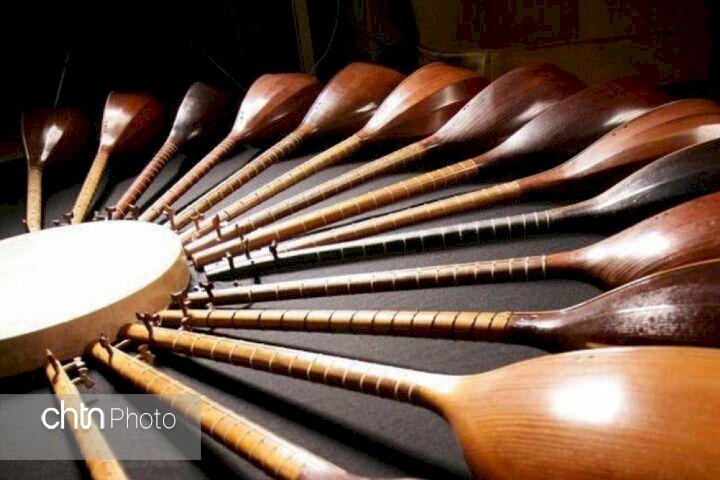Tanbur museum to be established in Kermanshah

TEHRAN – A museum dedicated to tanbur, a long-necked fretted lute, is planned to be established in Dalahu county, the western province of Kermanshah, the provincial tourism chief has announced.
In light of the importance and position of tanbur in the province, as well as Dalahu’s designation as a national center for making tanbur last year, the establishment of a museum was seen as a necessity, Jabbar Gohari said on Monday.
Taking advantage of the presence of prominent tanbur masters and artists in the region, this museum will be created in collaboration with the private sector, the official added.
The 180-square-meter museum will display ancient tanbur instruments, instruments of artistic value, the tanburs of the nations, the process of making tanburs, and there will be a recording studio and an artist hall, he noted.
Tanbur is an inseparable part of the lives of the Kurds in Iran, so much so that the children learn how to play it before they learn how to read and write.
Kermanshah embraces a variety of awe-inspiring historical sites, of which Bisotun and Taq-e Bostan are both on the UNESCO World Heritage list.
Inscribed into the base of a towering cliff, Taq-e Bostan comprises extraordinary Sassanian bas-reliefs of ancient victorious kings divide opinions. Late afternoon is the best time to visit, as the cliff turns a brilliant orange in the setting sun, which then dies poetically on the far side of the duck pond.
Bisotun is a patchwork of immense yet impressive life-size carvings depicting king Darius I and several other figures. UNESCO has it that Bisotun bears outstanding testimony to the important interchange of human values on the development of monumental art and writing, reflecting ancient traditions in monumental bas-reliefs.
The inscription, measuring about 15 meters high and 25 meters wide, was created on the order of King Darius I in 521 BC. It bears three different cuneiform script languages: Old Persian, Elamite, and Babylonian.
According to legend, the figure represents Gaumata, the pretender to the throne whose assassination led to Darius’ rise to power. This symbolic representation of the Achaemenid king in relation to his enemy reflects traditions in monumental bas-reliefs that date from ancient Egypt and the Middle East, and which were subsequently further developed during the Achaemenid and later empires.
Another popular historical site of the province is the Temple of Anahita in the city of Kangavar, which is believed to have been built circa 200 BC. Several column bases and ruins of a wall remain from the magnificent Greek-style temple.
The temple was used during the Parthian era (248 BC-224) as well as the Sassanid era (224-651).
The monument was damaged as it was used for various purposes by the Seljuk, Ilkhanid, Safavid, and Qajar dynasties, which ruled Iran over the past centuries.
The Temple of Anahita was seriously damaged by an earthquake in 1957. Afterward, people invaded the perimeter of the site, using stones from the temple to rebuild their homes at that location.
ABU/MG
